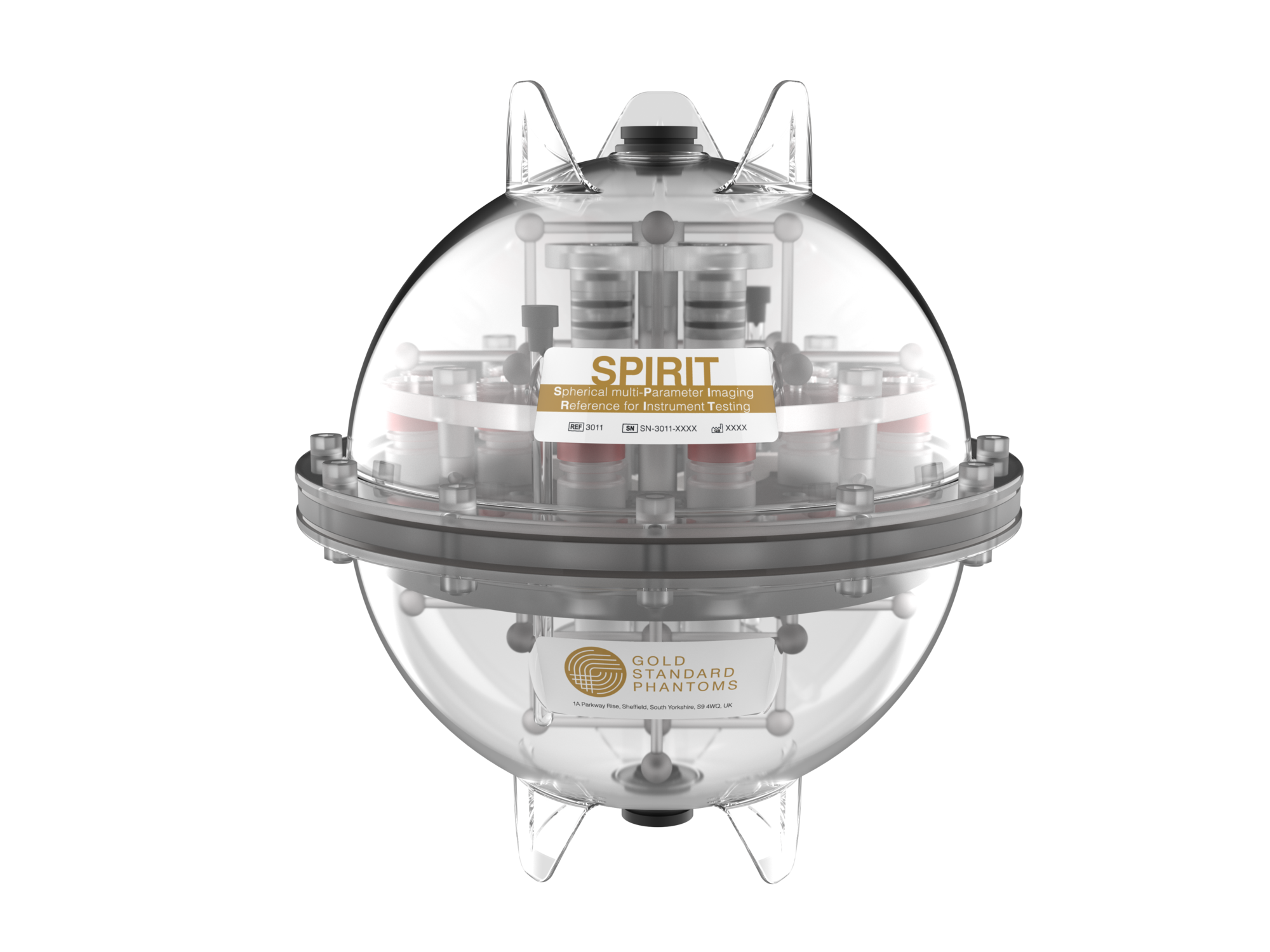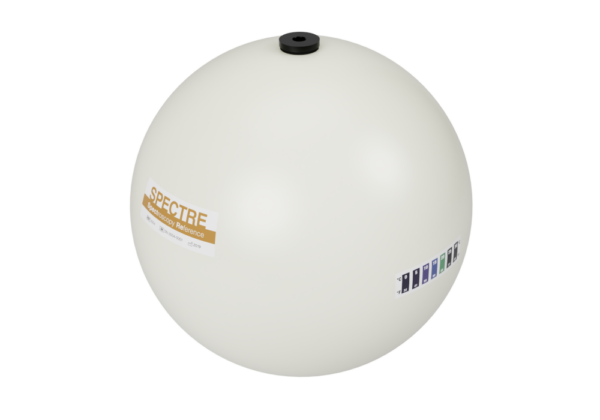
VERIFLUX Uncovers Hidden MRI Hardware Issues
How automated QA detected critical coil failures that standard tests missed
Summary
At a beta test site, VERIFLUX identified critical performance issues with a new 32-channel head coil that standard fMRI tests completely missed, preventing potential misdiagnoses.
The Challenge
A hospital had commissioned a new MRI scanner with a 32-channel head coil. Standard fMRI tests performed on volunteers showed no apparent issues, yet the imaging team suspected something was wrong.
The Solution
On July 18, 2024, Gold Standard Phantoms demonstrated VERIFLUX at the site. The automated analysis revealed poor Signal-to-Noise Ratio (SNR), Signal Fluctuation-to-Noise Ratio (SFNR), and an alarmingly low Radius of Decorrelation (RDC).
Results
Following VERIFLUX's findings, the hospital called in an engineer to conduct a thorough QA check. The coil failed due to excessive noise, confirming VERIFLUX's assessment. The MRI manufacturer's own tests had not indicated any need for coil replacement.
Impact
Without VERIFLUX, this critical hardware issue might have gone undetected, potentially compromising patient diagnoses and treatment plans. The case demonstrates the value of objective, automated QA beyond standard testing.

